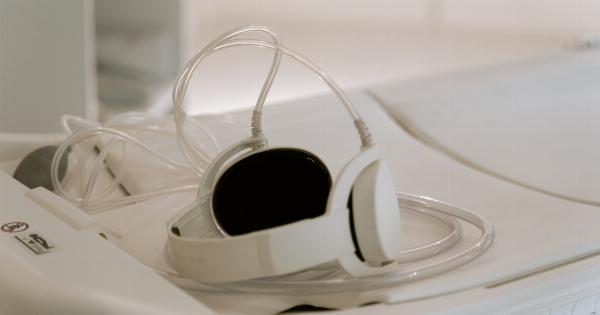A recent study has found a disturbing link between pollution in the air and its impact on placental tissues.
The research, conducted by a team of scientists from renowned institutions, sheds light on the potential risks that air pollution poses to pregnant women and their developing babies. As pollution levels continue to rise globally, understanding the effects on sensitive tissues like the placenta becomes crucial for safeguarding maternal and fetal health.
Pollution and its Wide-reaching Consequences
Pollution, particularly air pollution, has long been associated with adverse health effects. It is known to exacerbate respiratory conditions, cardiovascular diseases, and even contribute to premature deaths.
However, the impact of pollution on developing fetuses and the placenta has received relatively less attention until recently.
The placenta is a vital organ that provides oxygen and essential nutrients to the fetus, while also filtering out harmful substances. It acts as a barrier, shielding the growing baby from toxins and ensuring a healthy development.
However, the recent study indicates that the placenta may not be as impenetrable as once thought.
Unveiling the Study Findings
The team of scientists conducted their research by analyzing placental tissues from 25 pregnant women. These women were from different regions with varying levels of air pollution.
Through advanced imaging techniques and genetic analysis, the researchers assessed the presence of black carbon particles, a marker of pollution, in the placental tissues.
The study revealed that 60% of the placental samples showed traces of black carbon particles. Even more alarming was the fact that these particles were detected on the fetal side of the placenta, the side facing the baby.
This discovery raises concerns as it suggests that these pollutants have the ability to cross the placental barrier, potentially affecting the developing fetus.
Further analysis of the placental tissues exposed to pollution demonstrated signs of inflammation and damage.
This indicates that pollution not only breaches the placental barrier but also triggers harmful biological responses, leading to potential complications for the fetus.
The Far-Reaching Impact on Fetal Development
With pollution making its way into the placenta, the implications for fetal development are worrisome.
Studies have shown that exposure to air pollution in utero can lead to a range of adverse effects in babies, including low birth weight, preterm birth, developmental issues, and an increased risk of diseases later in life.
The placenta serves as a critical interface between the mother and the developing fetus, and any disruption to its functionality can have long-lasting consequences.
The pollutants found in the placental tissues can potentially trigger immune responses, inflammation, and oxidative stress, affecting the delicate balance required for healthy fetal development.
Of particular concern is the impact of pollution on neurodevelopment.
Evidence suggests that exposure to air pollution during pregnancy is associated with an increased risk of neurodevelopmental disorders such as autism spectrum disorder and attention deficit hyperactivity disorder in children. These findings beg the question of how pollution affects the formation and function of the fetal brain, an area of ongoing investigation.
Protecting Maternal and Fetal Health
The study’s findings emphasize the need for effective policies and measures to reduce air pollution and protect the health of pregnant women and their babies.
While individual actions like avoiding heavily polluted areas and using air purifiers can help, systemic changes are required to address this pervasive issue.
Governments and policymakers should prioritize the development and implementation of stricter air quality standards and emissions controls, especially in highly industrialized areas.
Additionally, promoting the use of cleaner and renewable energy sources, improving public transportation systems, and encouraging sustainable practices can significantly contribute to reducing pollution levels.
It is also essential for healthcare professionals to be aware of the potential risks associated with air pollution and provide appropriate guidance to pregnant women.
Regular check-ups, monitoring of fetal development, and education about the importance of maintaining a healthy environment during pregnancy are crucial in minimizing any potential harm.
Conclusion
The recent study revealing the presence of pollution particles in placental tissues is a wake-up call for society to take immediate action against air pollution.
The findings indicate that pregnant women and their developing babies are at risk of adverse health effects due to pollution breaching the placenta. By recognizing the far-reaching consequences of pollution on maternal and fetal health and implementing effective measures to mitigate its impact, we can strive towards a healthier and safer world for future generations.






























